1921 (Taisho 10) Saturday, July 16 The graduation ceremony of the Naval Academy was held. Recently, there has been a discussion in Japan about changing the September entrance/new term system in accordance with world standards, but from the Meiji period to the Taisho period, September entrance and July graduation were also common in Japan. The reason for the April enrollment system was that Tokyo Imperial University and other imperial universities changed the system to April enrollment, exactly 100 years ago in 1921 (1921). The Naval Academy was also changed to enter in April and graduate in March. The Naval Academy was a four-year school, but starting this year, new students graduated in April, while senior students who entered in September had their graduation ceremony in July as before.
100 years ago today, the students who graduated from the Naval Academy were 49 year graduates. 174 Navy elite were newly born. Among the graduates are two members of the Imperial Family: Kuni no Miya Prince Asaakira and Kacho no Miya Prince Hirotada. Asayu-o is famous as the later Empress Kojun and the older brother of Kuninomiya Yoshiko at that time. He was also said to have had a slight color vision disorder, and the incident that triggered the certain serious incident in the Imperial Court in the previous year, namely the attempted breakup of the engagement between Crown Prince Hirohito, later Emperor Showa, and Princess Ryoko, was Prince Asayu’s mild color vision disorder.
Another famous graduate in the 49 th year of the Naval Academy was Mamoru Mitsui, who promoted the atomic bomb development promoted by Japan at the end of the Pacific War, of which the Navy led the so-called “F Study.” The maiden name of Mitsui is Machida, and it is written Machida Mao in the graduation name list.
Hiroshi Nagasawa is also a 49 year graduate of the Naval Academy. After Japan’s defeat in World War II, he became a key member of the so-called “Y Committee” in the 1950s and later, when Japan was trying to restore its naval forces. He became the second chief of staff of the Maritime Staff.
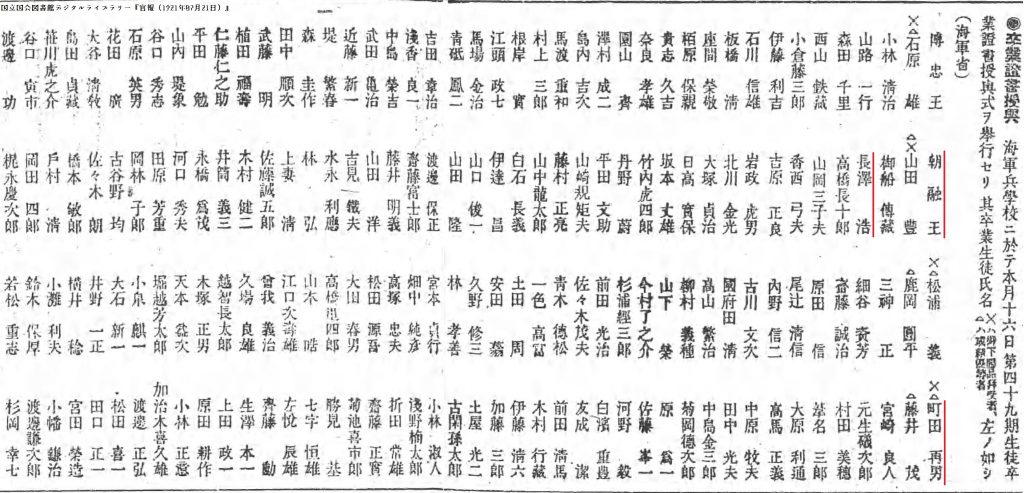
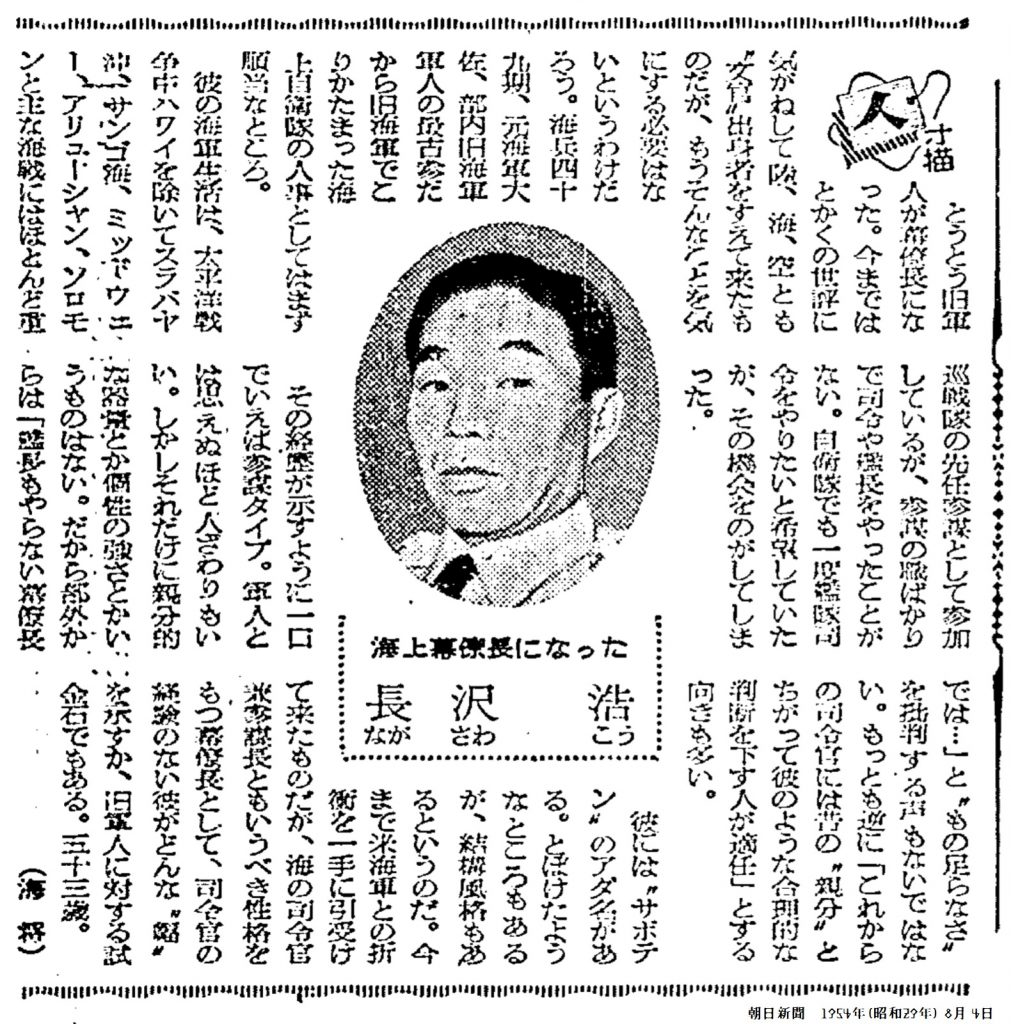
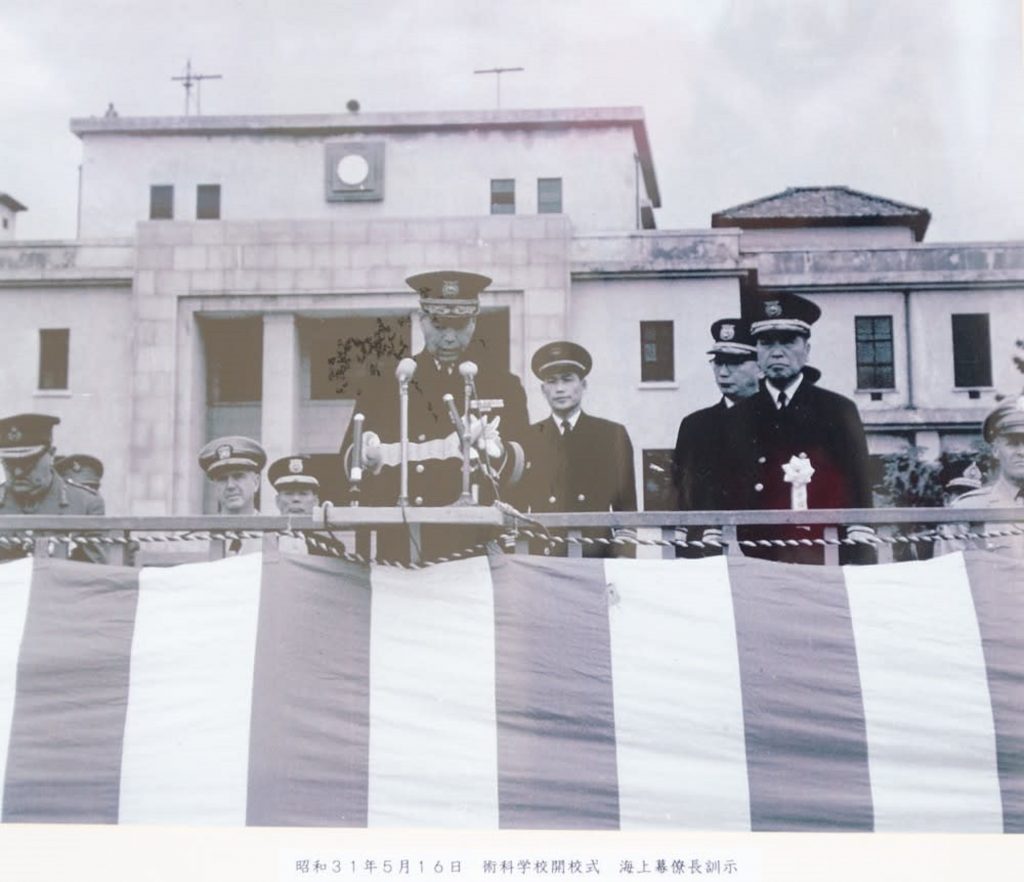
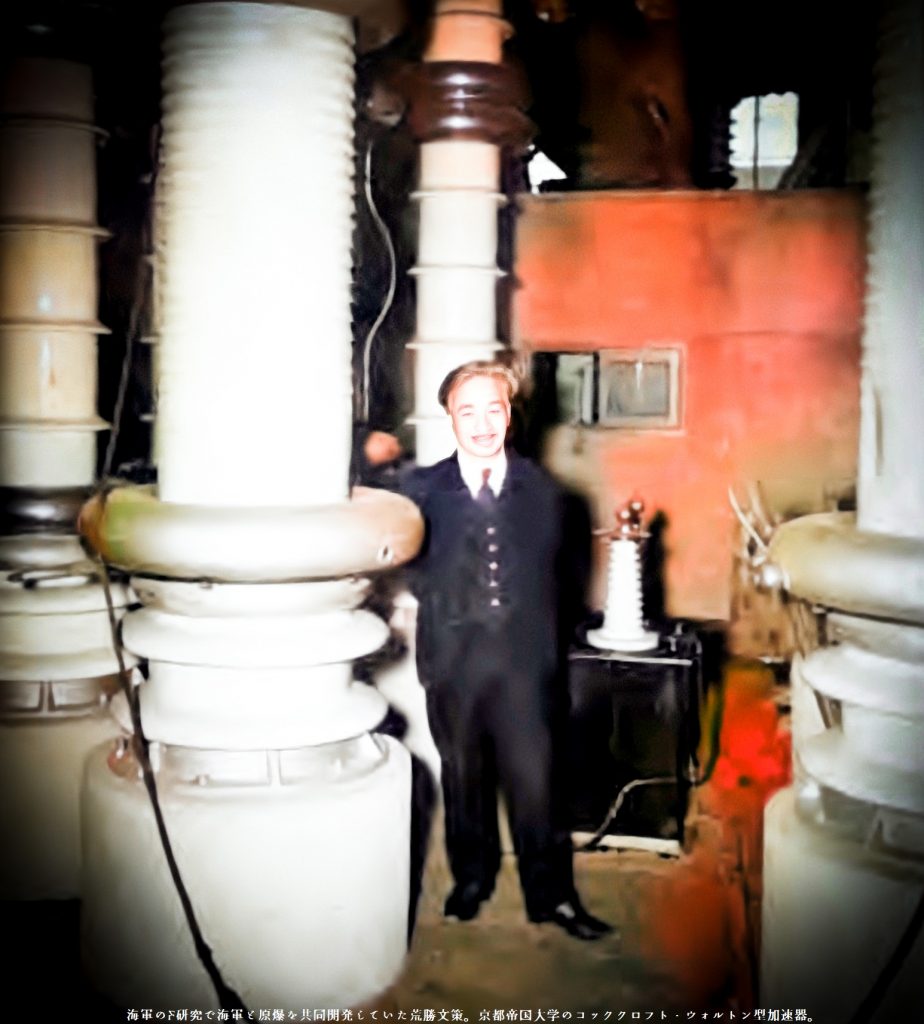

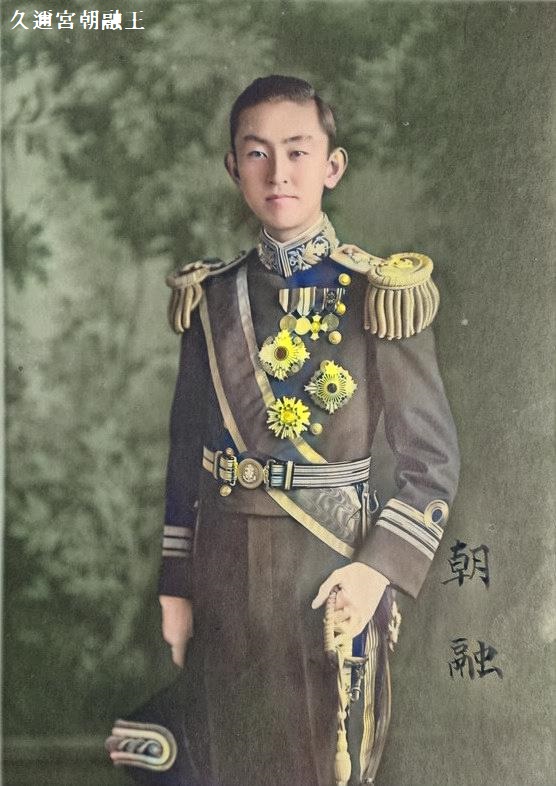
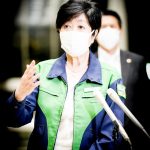

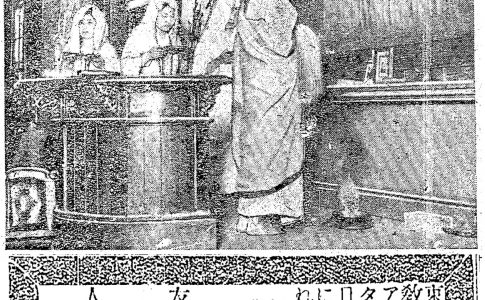
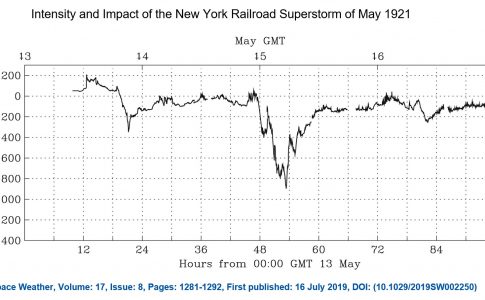
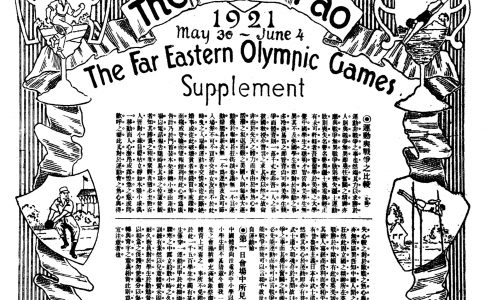

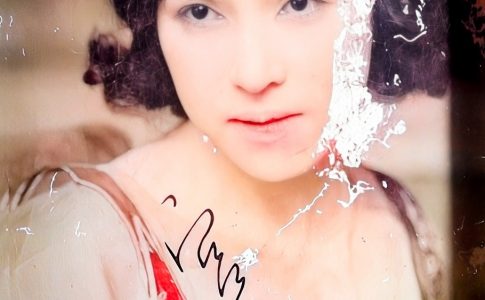
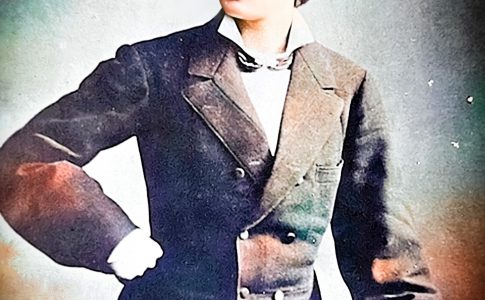
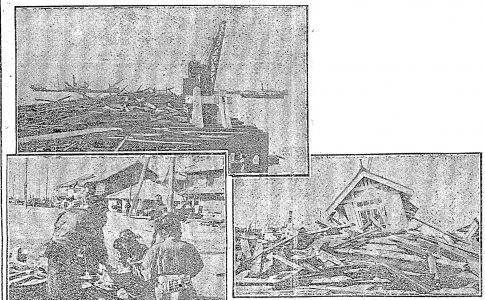
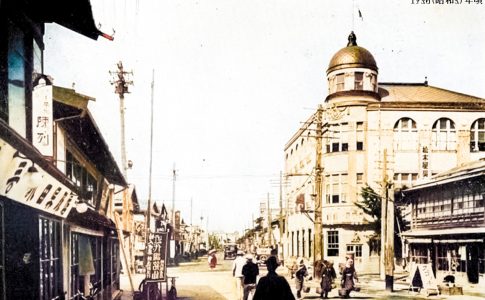
Leave a Reply